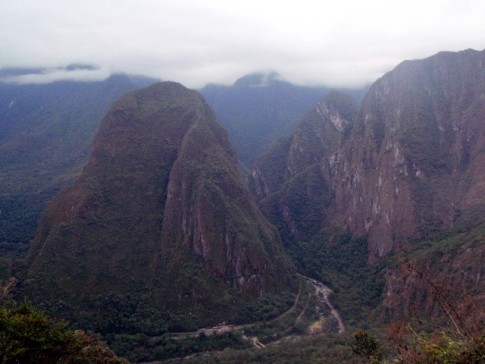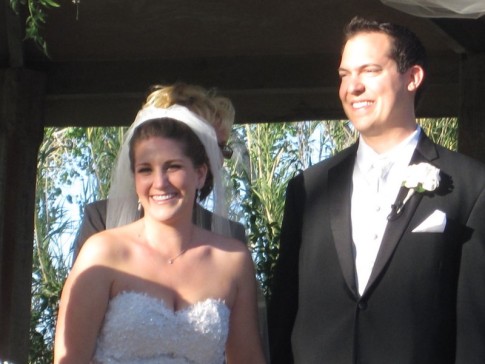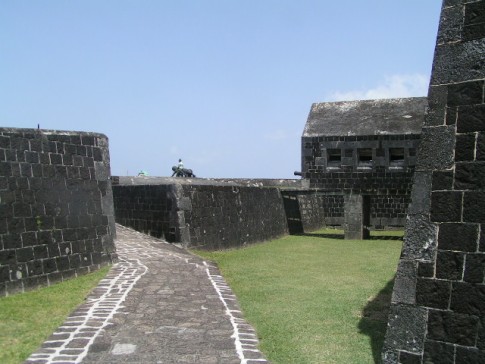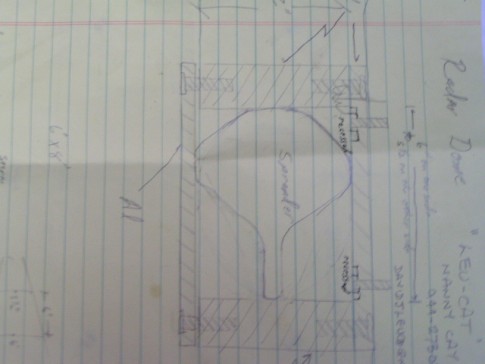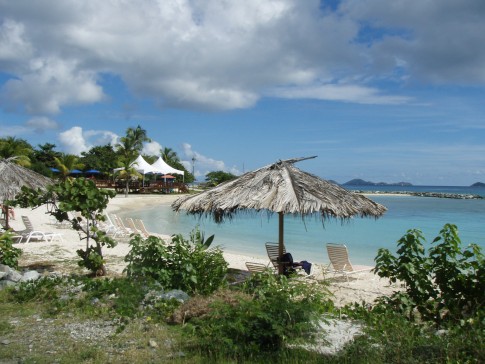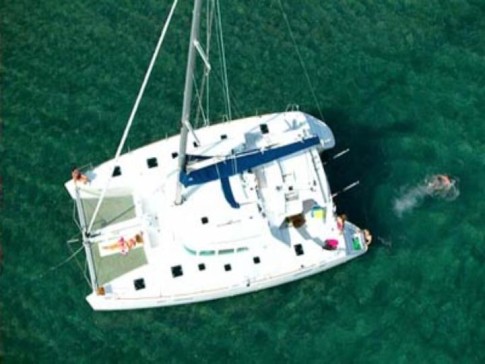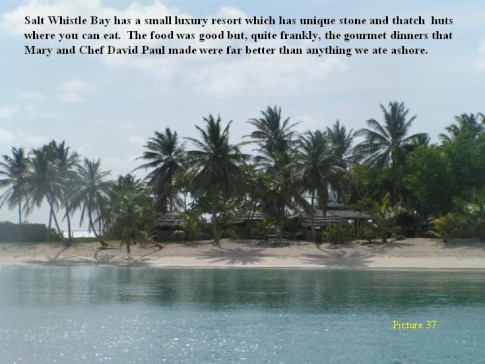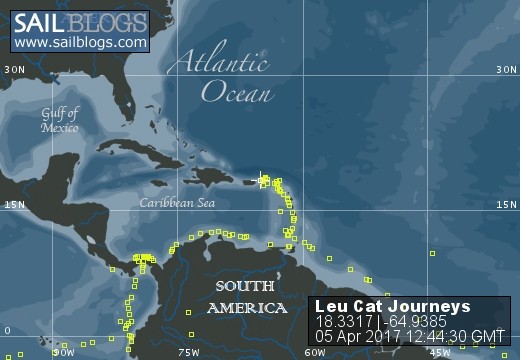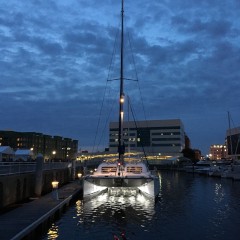
LeuCat Adventures
Join us in sharing our adventures as we sail around the world. NEW!!************************************************************************* GET A COPY OF OUR TECHNO-TIPS DOCUMENTS--JUST CLICK ON THEM UNDER THE "FAVORITES" HEADING ON THE RIGHT
24 September 2017
30 August 2017 | San Francisco, CA
07 July 2017
02 July 2017 | Simpson Bay Marina, Cole Bay, Sint Maarten
01 July 2017 | Simpson Bay Marina, Cole Bay, Sint Maarten
30 June 2017 | Simpson Bay Marina, Cole Bay, Sint Maarten
29 June 2017 | Simpson Bay Marina, Cole Bay, Sint Maarten
28 June 2017 | Simpson Bay Marina, Cole Bay, Sint Maarten
27 June 2017 | Simpson Bay Marina, Cole Bay, Sint Maarten
26 June 2017 | Simpson Bay Marina, Cole Bay, Sint Maarten
25 June 2017 | Simpson Bay Marina, Cole Bay, Sint Maarten
24 June 2017
24 June 2017 | Simpson Bay Marina, Cole Bay, Sint Maarten
22 June 2017 | Simpson Bay Marina, Cole Bay, Sint Maarten
21 June 2017 | Simpson Bay Marina, Cole Bay, Sint Maarten
20 June 2017 | Simpson Bay Marina, Cole Bay, Sint Maarten
18 June 2017 | Simpson Bay Marina, Cole Bay, Sint Maarten
17 June 2017 | Simpson Bay Marina, Cole Bay, Sint Maarten
16 June 2017 | Simpson Bay Marina, Cole Bay, Sint Maarten
15 June 2017 | Simpson Bay Marina, Cole Bay, Sint Maarten
Year 7 Day 266 Impressions Of Madagascar: Part 3 (A Brief History, Continued)
25 September 2014 | Crater Bay, Nosy Be, madagascar
Dave/Mostly Sunny

I know that this is getting to be a bit long but I love to research and report of the history of the places that we sail to. Also, before continuing with the history missive, I thought I would report that we are now in the serious prepping stages before shoving off for South Africa. Mary Margaret has been doing load after load after load after load of laundry after returning from our land tour and I also have been doing a few boat projects (making lots of water, repairing some whipping on the main sail halyard and repairing a cord on our anchor bridle that had almost worn through). Today, we hired a taxi for 4 hours for $20 US and spent the morning going to the vegetable market in Hell-Ville, the super market, the hardware store, the bread store, the bank and finally the petro station to refill 9 of the jerry cans with diesel. It was a lot of work but we are now provisioned well. We are just looking at the weather now, waiting to find a decent weather window. We plan on sail about 210 nm down the Madagascar coast before crossing the Madagascar Channel.
Now for more history...
I had left off with the French taking over Madagascar in 1896 with the deportation of Queen Ranavalona III and making Madagascar a French territory. However, all was not well in Madagascar regarding being a French colony...
Nationalist sentiment against French colonial rule eventually emerged among a small group of Merina intellectuals who had been educated by Europeans and exposed to Western intellectual thought. The group, based in Antananarivo, was led by a Malagasy Protestant clergyman, Pastor Ravelojoana, who was especially inspired by the Japanese model of modernization. A secret society dedicated to affirming Malagasy cultural identity was formed in 1913, calling itself Iron and Stone Ramification (Vy Vato Sakelika--VVS). Although the VVS was brutally suppressed, its actions eventually led French authorities to provide the Malagasy with their first representative voice in government.
Malagasy veterans of military service in France during World War I bolstered the embryonic nationalist movement. Throughout the 1920s, the nationalists stressed labor reform and equality of civil and political status for the Malagasy, stopping short of advocating independence. For example, the French League for Madagascar under the leadership of Anatole France demanded French citizenship for all Malagasy people in recognition of their country's wartime contribution of soldiers and resources. A number of veterans who remained in France were exposed to French political thought, most notably the anticolonial and pro-independence platforms of French socialist parties. Jean Ralaimongo, for example, returned to Madagascar in 1924 and became embroiled in labor questions that were causing considerable tension throughout the island.
Among the first concessions to Malagasy equality was the formation in 1924 of two economic and financial delegations. One was composed of French settlers, the other of twenty-four Malagasy representatives elected by the Council of Notables in each of twenty-four districts. The two sections never met together, and neither had real decision-making authority.
Only in the aftermath of World War II was France willing to accept a form of Malagasy self-rule under French tutelage. In the fall of 1945, separate French and Malagasy electoral colleges voted to elect representatives from Madagascar to the Constituent Assembly of the Fourth Republic in Paris. The two delegates chosen by the Malagasy, Joseph Raseta and Joseph Ravoahangy, both campaigned to implement the ideal of the self-determination of peoples affirmed by the Atlantic Charter of 1941 and by the historic Brazzaville Conference of 1944.
Raseta and Ravoahangy, together with Jacques Rabemananjara, a writer long resident in Paris, had organized the Democratic Movement for Malagasy Restoration (Mouvement Démocratique de la Rénovation Malgache--MDRM), the foremost among several political parties formed in Madagascar by early 1946. Although Protestant Merina were well represented in MDRM's higher echelons, the party's 300,000 members were drawn from a broad political base reaching across the entire island and crosscutting ethnic and social divisions. Several smaller MDRM rivals included the Party of the Malagasy Disinherited (Parti des Déshérités Malgaches), whose members were mainly côtiers or descendants of slaves from the central highlands.
The 1946 constitution of the French Fourth Republic made Madagascar a territoire d'outre-mer (overseas territory) within the French Union. It accorded full citizenship to all Malagasy parallel with that enjoyed by citizens in France. But the assimilationist policy inherent in its framework was incongruent with the MDRM goal of full independence for Madagascar, so Ravoahangy and Raseta abstained from voting. The two delegates also objected to the separate French and Malagasy electoral colleges, even though Madagascar was represented in the French National Assembly. The constitution divided Madagascar administratively into a number of provinces, each of which was to have a locally elected provincial assembly. Not long after, a National Representative Assembly was constituted at Antananarivo. In the first elections for the provincial assemblies, the MDRM won all seats or a majority of seats, except in Mahajanga Province.
Despite these reforms, the political scene in Madagascar remained unstable. Economic and social concerns, including food shortages, black-market scandals, labor conscription, renewed ethnic tensions, and the return of soldiers from France, strained an already volatile situation. Many of the veterans felt they had been less well treated by France than had veterans from metropolitan France; others had been politically radicalized by their wartime experiences. The blend of fear, respect, and emulation on which Franco-Malagasy relations had been based seemed at an end.
On March 29, 1947, Malagasy nationalists revolted against the French. Although the uprising eventually spread over one-third of the island, the French were able to restore order after reinforcements arrived from France. Casualties among the Malagasy were estimated in the 60,000 to 80,000 range (later reports estimated 11,000 casualties, of whom 180 were non-Malagasy). The group of leaders responsible for the uprising, which came to be referred to as the Revolt of 1947, never has been identified conclusively. Although the MDRM leadership consistently maintained its innocence, the French outlawed the party. French military courts tried the military leaders of the revolt and executed twenty of them. Other trials produced, by one report, some 5,000 to 6,000 convictions, and penalties ranged from brief imprisonment to death.
In 1956 France's socialist government renewed the French commitment to greater autonomy in Madagascar and other colonial possessions by enacting the loi-cadre (enabling law). The loi-cadre provided for universal suffrage and was the basis for parliamentary government in each colony. In the case of Madagascar, the law established executive councils to function alongside provincial and national assemblies, and dissolved the separate electoral colleges for the French and Malagasy groups. The provision for universal suffrage had significant implications in Madagascar because of the basic ethnopolitical split between the Merina and the côtiers, reinforced by the divisions between Protestants and Roman Catholics. Superior armed strength and educational and cultural advantages had given the Merina a dominant influence on the political process during much of the country's history. The Merina were heavily represented in the Malagasy component of the small elite to whom suffrage had been restricted in the earlier years of French rule. Now the côtiers, who outnumbered the Merina, would be a majority.
The end of the 1950s was marked by growing debate over the future of Madagascar's relationship with France. Two major political parties emerged. The newly created Democratic Social Party of Madagascar (Parti Social Démocrate de Madagascar--PSD) favored self-rule while maintaining close ties with France. The PSD was led by Philibert Tsiranana, a well-educated Tsimihety from the northern coastal region who was one of three Malagasy deputies elected in 1956 to the National Assembly in Paris. The PSD built upon Tsiranana's traditional political stronghold of Mahajanga in northwest Madagascar and rapidly extended its sources of support by absorbing most of the smaller parties that had been organized by the côtiers. In sharp contrast, those advocating complete independence from France came together under the auspices of the Congress Party for the Independence of Madagascar (Antokon'ny Kongresy Fanafahana an'i Madagasikara-- AKFM). Primarily based in Antananarivo and Antsiranana, party support centered among the Merina under the leadership of Richard Andriamanjato, himself a Merina and a member of the Protestant clergy. To the consternation of French policy makers, the AKFM platform called for nationalization of foreign-owned industries, collectivization of land, the "Malagachization" of society away from French values and customs (most notably use of the French language), international nonalignment, and exit from the Franc Zone.
Ok. I must admit that I am getting a little carried away with Madagascar's history. Please realize that that is just one more day that is need to finish this overview...
Now for more history...
I had left off with the French taking over Madagascar in 1896 with the deportation of Queen Ranavalona III and making Madagascar a French territory. However, all was not well in Madagascar regarding being a French colony...
Nationalist sentiment against French colonial rule eventually emerged among a small group of Merina intellectuals who had been educated by Europeans and exposed to Western intellectual thought. The group, based in Antananarivo, was led by a Malagasy Protestant clergyman, Pastor Ravelojoana, who was especially inspired by the Japanese model of modernization. A secret society dedicated to affirming Malagasy cultural identity was formed in 1913, calling itself Iron and Stone Ramification (Vy Vato Sakelika--VVS). Although the VVS was brutally suppressed, its actions eventually led French authorities to provide the Malagasy with their first representative voice in government.
Malagasy veterans of military service in France during World War I bolstered the embryonic nationalist movement. Throughout the 1920s, the nationalists stressed labor reform and equality of civil and political status for the Malagasy, stopping short of advocating independence. For example, the French League for Madagascar under the leadership of Anatole France demanded French citizenship for all Malagasy people in recognition of their country's wartime contribution of soldiers and resources. A number of veterans who remained in France were exposed to French political thought, most notably the anticolonial and pro-independence platforms of French socialist parties. Jean Ralaimongo, for example, returned to Madagascar in 1924 and became embroiled in labor questions that were causing considerable tension throughout the island.
Among the first concessions to Malagasy equality was the formation in 1924 of two economic and financial delegations. One was composed of French settlers, the other of twenty-four Malagasy representatives elected by the Council of Notables in each of twenty-four districts. The two sections never met together, and neither had real decision-making authority.
Only in the aftermath of World War II was France willing to accept a form of Malagasy self-rule under French tutelage. In the fall of 1945, separate French and Malagasy electoral colleges voted to elect representatives from Madagascar to the Constituent Assembly of the Fourth Republic in Paris. The two delegates chosen by the Malagasy, Joseph Raseta and Joseph Ravoahangy, both campaigned to implement the ideal of the self-determination of peoples affirmed by the Atlantic Charter of 1941 and by the historic Brazzaville Conference of 1944.
Raseta and Ravoahangy, together with Jacques Rabemananjara, a writer long resident in Paris, had organized the Democratic Movement for Malagasy Restoration (Mouvement Démocratique de la Rénovation Malgache--MDRM), the foremost among several political parties formed in Madagascar by early 1946. Although Protestant Merina were well represented in MDRM's higher echelons, the party's 300,000 members were drawn from a broad political base reaching across the entire island and crosscutting ethnic and social divisions. Several smaller MDRM rivals included the Party of the Malagasy Disinherited (Parti des Déshérités Malgaches), whose members were mainly côtiers or descendants of slaves from the central highlands.
The 1946 constitution of the French Fourth Republic made Madagascar a territoire d'outre-mer (overseas territory) within the French Union. It accorded full citizenship to all Malagasy parallel with that enjoyed by citizens in France. But the assimilationist policy inherent in its framework was incongruent with the MDRM goal of full independence for Madagascar, so Ravoahangy and Raseta abstained from voting. The two delegates also objected to the separate French and Malagasy electoral colleges, even though Madagascar was represented in the French National Assembly. The constitution divided Madagascar administratively into a number of provinces, each of which was to have a locally elected provincial assembly. Not long after, a National Representative Assembly was constituted at Antananarivo. In the first elections for the provincial assemblies, the MDRM won all seats or a majority of seats, except in Mahajanga Province.
Despite these reforms, the political scene in Madagascar remained unstable. Economic and social concerns, including food shortages, black-market scandals, labor conscription, renewed ethnic tensions, and the return of soldiers from France, strained an already volatile situation. Many of the veterans felt they had been less well treated by France than had veterans from metropolitan France; others had been politically radicalized by their wartime experiences. The blend of fear, respect, and emulation on which Franco-Malagasy relations had been based seemed at an end.
On March 29, 1947, Malagasy nationalists revolted against the French. Although the uprising eventually spread over one-third of the island, the French were able to restore order after reinforcements arrived from France. Casualties among the Malagasy were estimated in the 60,000 to 80,000 range (later reports estimated 11,000 casualties, of whom 180 were non-Malagasy). The group of leaders responsible for the uprising, which came to be referred to as the Revolt of 1947, never has been identified conclusively. Although the MDRM leadership consistently maintained its innocence, the French outlawed the party. French military courts tried the military leaders of the revolt and executed twenty of them. Other trials produced, by one report, some 5,000 to 6,000 convictions, and penalties ranged from brief imprisonment to death.
In 1956 France's socialist government renewed the French commitment to greater autonomy in Madagascar and other colonial possessions by enacting the loi-cadre (enabling law). The loi-cadre provided for universal suffrage and was the basis for parliamentary government in each colony. In the case of Madagascar, the law established executive councils to function alongside provincial and national assemblies, and dissolved the separate electoral colleges for the French and Malagasy groups. The provision for universal suffrage had significant implications in Madagascar because of the basic ethnopolitical split between the Merina and the côtiers, reinforced by the divisions between Protestants and Roman Catholics. Superior armed strength and educational and cultural advantages had given the Merina a dominant influence on the political process during much of the country's history. The Merina were heavily represented in the Malagasy component of the small elite to whom suffrage had been restricted in the earlier years of French rule. Now the côtiers, who outnumbered the Merina, would be a majority.
The end of the 1950s was marked by growing debate over the future of Madagascar's relationship with France. Two major political parties emerged. The newly created Democratic Social Party of Madagascar (Parti Social Démocrate de Madagascar--PSD) favored self-rule while maintaining close ties with France. The PSD was led by Philibert Tsiranana, a well-educated Tsimihety from the northern coastal region who was one of three Malagasy deputies elected in 1956 to the National Assembly in Paris. The PSD built upon Tsiranana's traditional political stronghold of Mahajanga in northwest Madagascar and rapidly extended its sources of support by absorbing most of the smaller parties that had been organized by the côtiers. In sharp contrast, those advocating complete independence from France came together under the auspices of the Congress Party for the Independence of Madagascar (Antokon'ny Kongresy Fanafahana an'i Madagasikara-- AKFM). Primarily based in Antananarivo and Antsiranana, party support centered among the Merina under the leadership of Richard Andriamanjato, himself a Merina and a member of the Protestant clergy. To the consternation of French policy makers, the AKFM platform called for nationalization of foreign-owned industries, collectivization of land, the "Malagachization" of society away from French values and customs (most notably use of the French language), international nonalignment, and exit from the Franc Zone.
Ok. I must admit that I am getting a little carried away with Madagascar's history. Please realize that that is just one more day that is need to finish this overview...
Comments
| Vessel Name: | Leu Cat |
| Vessel Make/Model: | Lagoon 440 |
| Hailing Port: | Dana Point, CA |
| Crew: | Mary Margaret and Dave Leu |
| About: | Our goals are to spend the next 10 to 15 years cruising around the world and sharing this adventure with family and friends. |
| Extra: | S/V Leu Cat is Lagoon 440 rigged for blue water sailing. It is 44 feet long with a 25 foot beam |
| Social: |
Leu Cat's Photos - (Main)
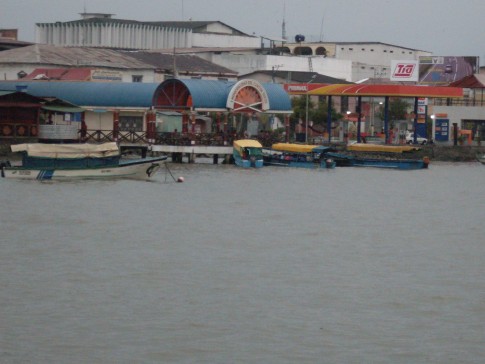 |
Here are some pics that I took while visiting w/ my parents in the Galapagos Islands
22 Photos
Created 29 March 2010
|
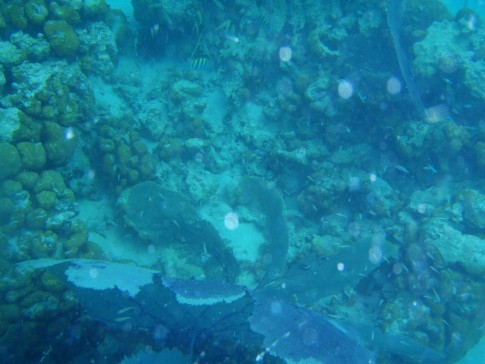 |
Pictures of the sea life in the cut between Little Jost Van Dyke and Green Cay, BVI
30 Photos
Created 17 March 2008
|
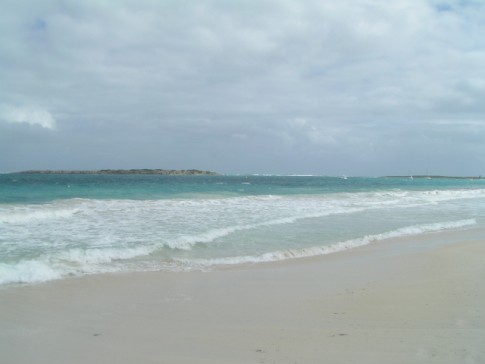 |
Here are a number of pictures of St. Maarten and the places we visited
36 Photos
Created 21 January 2008
|
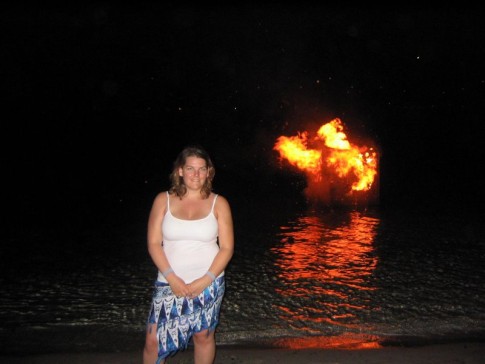 |
Join us as we explore the Spanish, American, and British Virgin Ilsands.
15 Photos
Created 20 October 2007
|
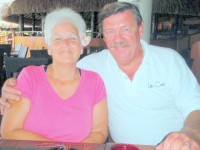
Who: Mary Margaret and Dave Leu
Port: Dana Point, CA
Table of Contents
Favorites
- Get A Copy Of Our Techno Tips Document
- Galley Tips For Cruisers
- Land Travel Tips For Cruisers
- Get A Copy Of Our Yanmar Drive Cone Repair Manual
- Updated Pirate Report
- My Bother Don's and Debbie's Blog
- A Great Sailing Blog
- A remarkable Sail Blog
- Celestial Navigation
- Here is Another Great Sailing Blog
- S/V Totem's Sail Blog
- S/V Infini's Blog Site


